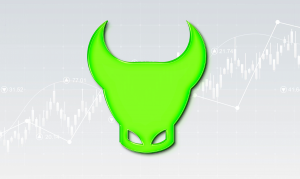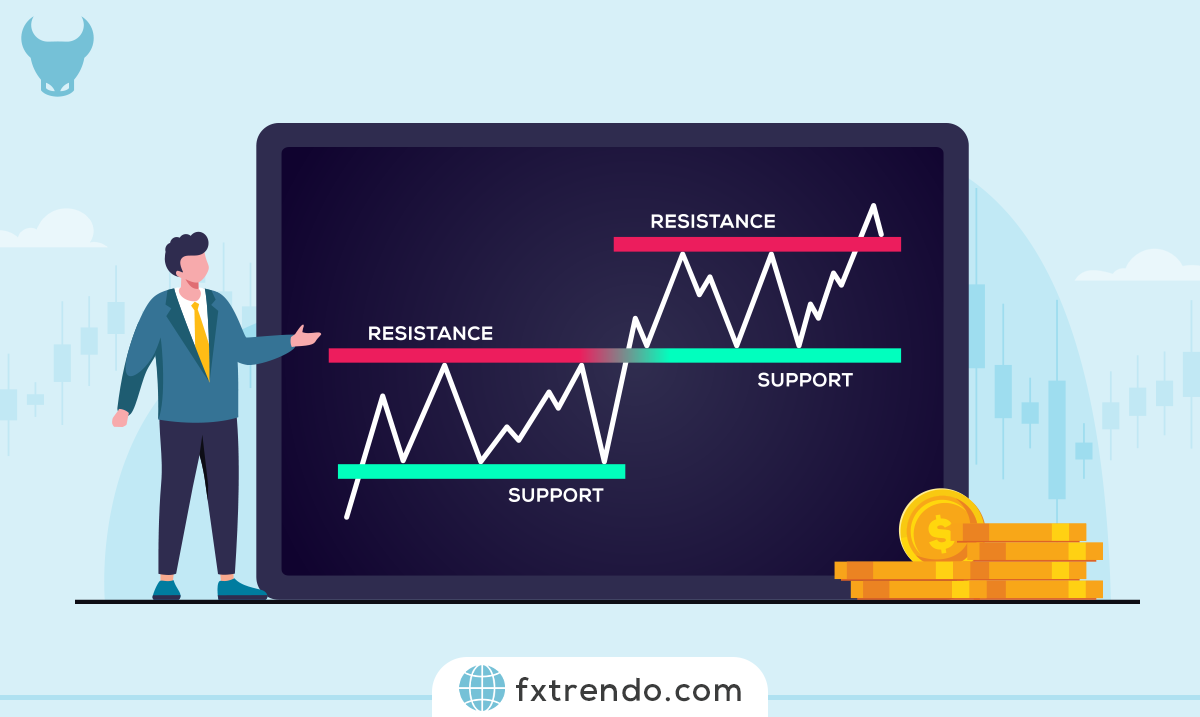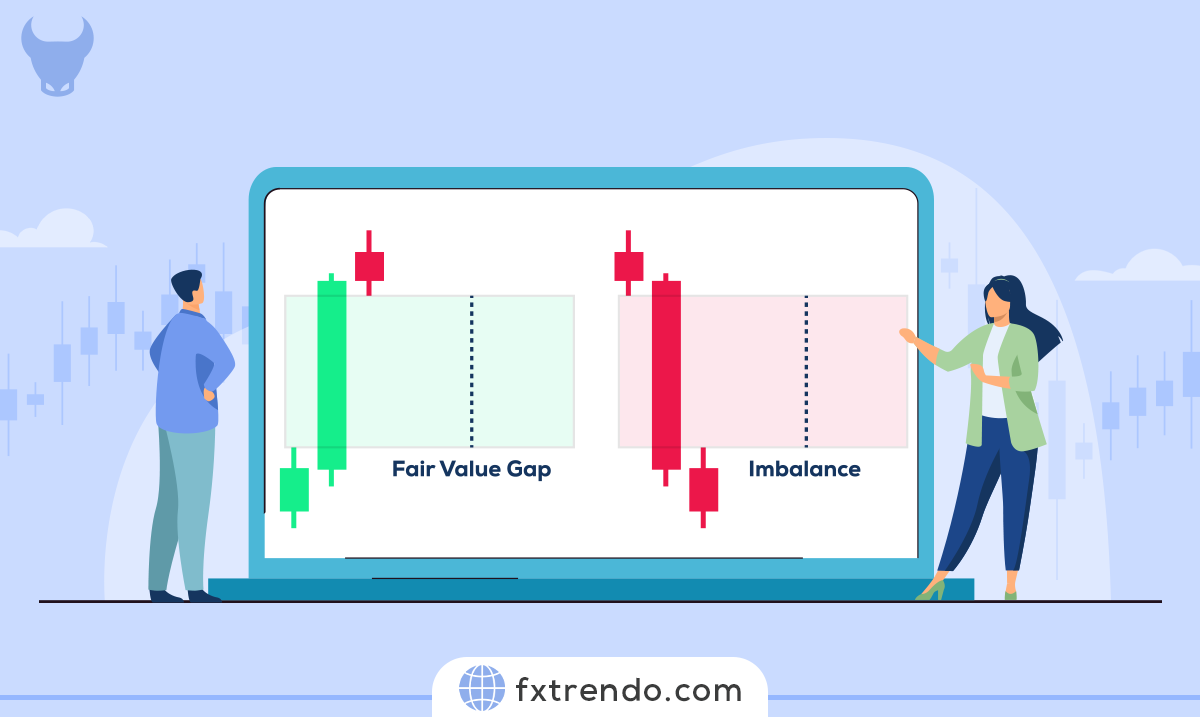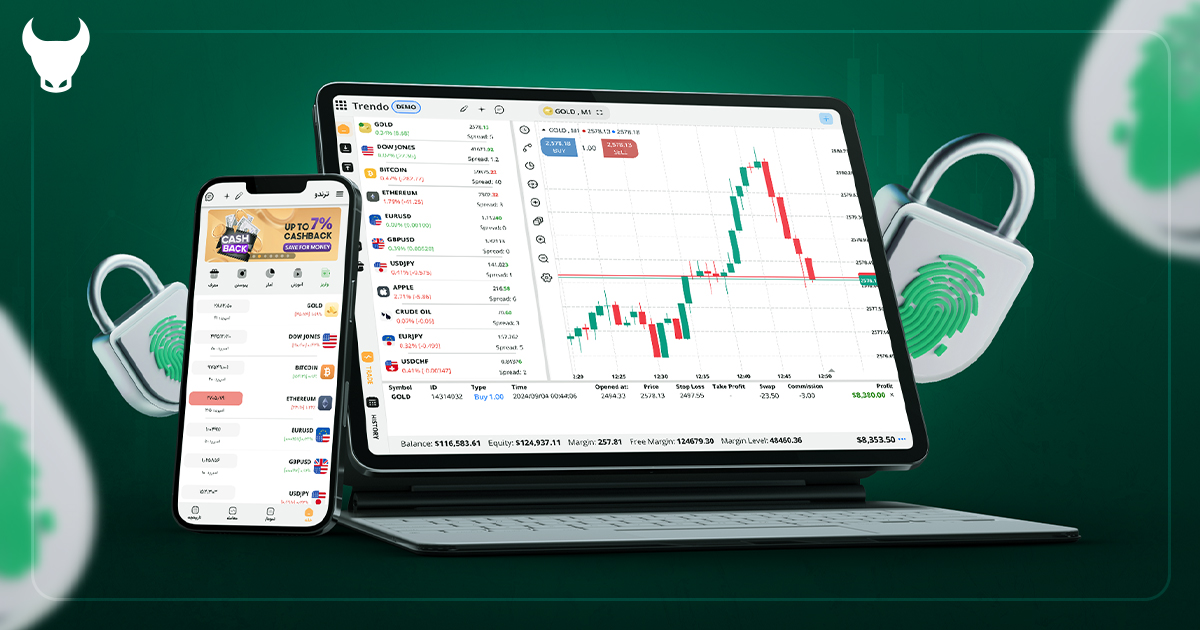Teaching practical trading strategy with Elliott waves


Now that you have learned about the Elliott Wave theory basics and its practical terms in the previous articles and established the key rules in the Elliott Wave Theory, we have brought up some guidelines for trading with Elliott Wave in this article.
Contents
Practical tips in Elliott wave theory
Note that the contents described are only nonmandatory points, so they are not a necessary condition for trading with Elliott Waves. These points include:
First point: Wave 5 can move almost as long as wave 1. This tip helps place a take-profit order at the end of wave 5. Traders measure the length of wave 1, add it to the bottom of wave 4, and use it as a possible target.
Second point: Waves 2 and 4 will usually have different shapes. For example, if wave 2 is a sharp correction, wave 4 would be a flat correction, and vice versa. By understanding this, chartists can predict how long a wave 4 correction will last.
Third point: After a strong impulse trend advance of wave 5, the ABC three-wave pattern can only descend to the bottom of wave 4.
These instructions should be understood and interpreted by traders. Only this way traders can use these concepts and trade in the forex market.
Trading in the forex market using the Elliott wave theory
We can use the Elliott wave theory in various ways in the forex market. Here, we will analyze one of the main currency pairs of the forex market using Elliott wave concepts combined with price action. There are two types of waves based on the Elliot waves theory. An impulse pattern with 5 waves, and a corrective movement made of 3 waves. An impulse wave is in the trend direction, while a corrective wave is a pullback for the overall trend. As a trader, we should look for trades that bring good profit with less risk. Therefore, trading all impulse waves and corrective waves is not ideal.
Trading Strategy 1
The strategy is to trade impulse waves. In the 5-wave impulse pattern, three waves are with the trend, and two are against it. Among these three impulsive waves, the ideal wave to catch is wave number 3. Because this wave is usually the strongest among the three impulse waves, it significantly reduces the trade's risk. In the example below, the price starts correcting after the market makes the first wave. But we don't know where the market correction will stop and will complete its second wave. Therefore, we use other tools to determine the extent of market correction. Consider the price chart below. As shown, the market made its first wave. Then, wave 2 began, where the market started to correct. However, note that at this point, we cannot determine the end of wave 2. Therefore, to determine the completion of wave 2, we need to use Fibonacci retracement.
Read More: Using Fibonacci levels in Forex trading
In the chart below, Fibonacci retracement is used, and we can see that the market's downward movement stops at the 50% level. Hence, it is confirmed that wave 2 is over. Therefore, we can prepare for the wave 3 forecast.
We can see that the market correction stopped at the 50% Fibonacci level and finally reached the highest level, wave 3, in the chart below.
Trading Strategy 2
In this strategy, we consider the complete 3-5 wave pattern. The 5-wave impulse pattern is shown with black trend lines, while the 3-wave corrective pattern is shown with red trend lines in the chart below. Since in the Elliott wave pattern rules, the top of the third corrective wave must be below the bottom of the first wave in the impulse pattern, we can enter a sell trade in the area shown.
پست مرتبط
پربازدیدترین ها
0
























